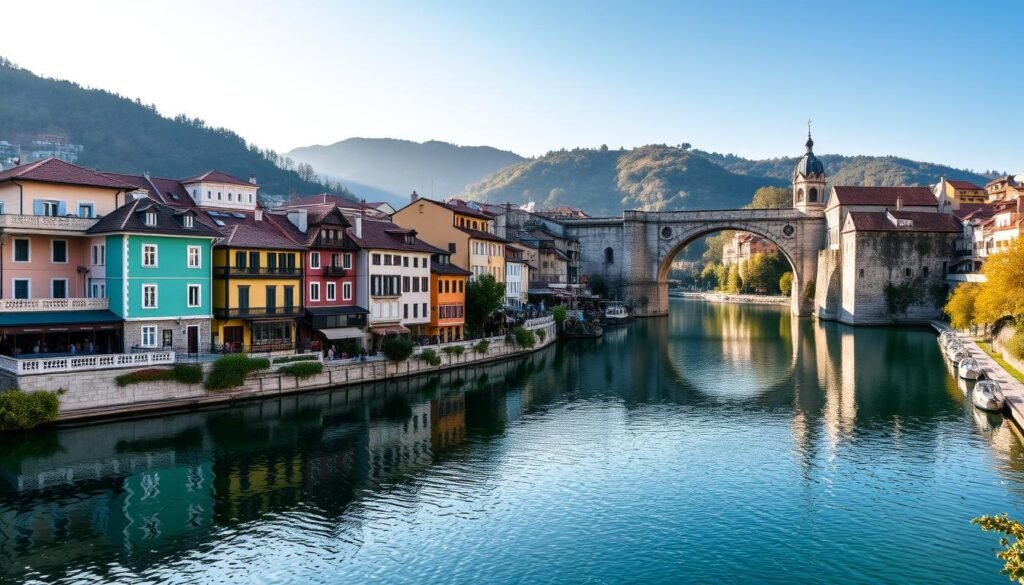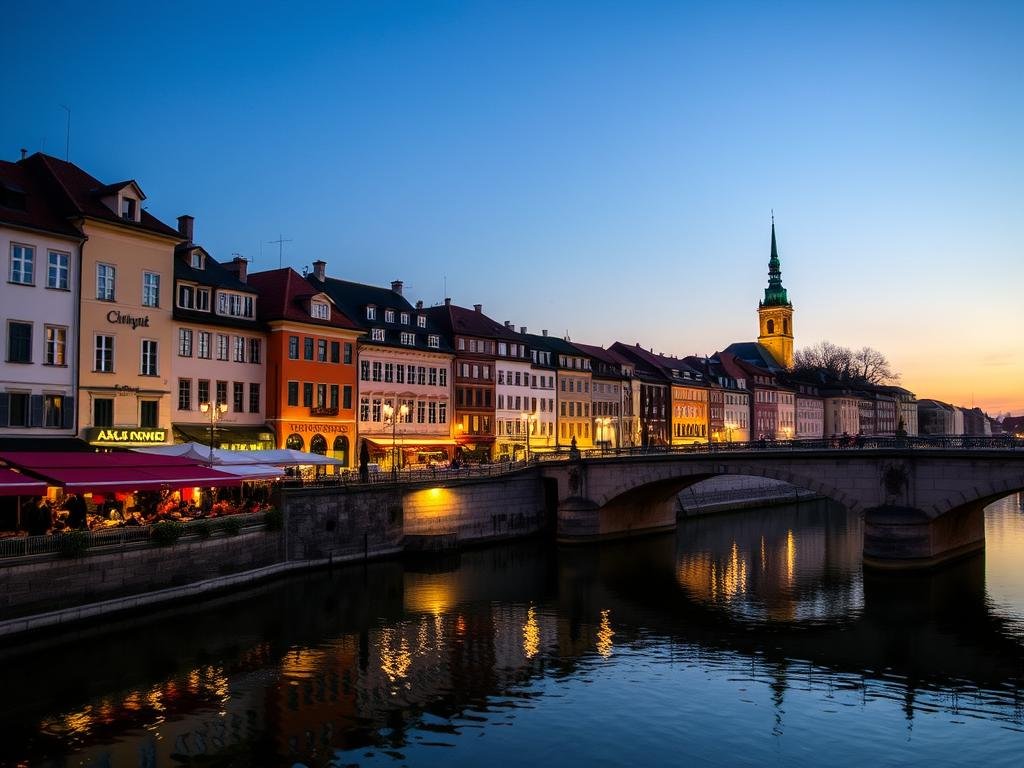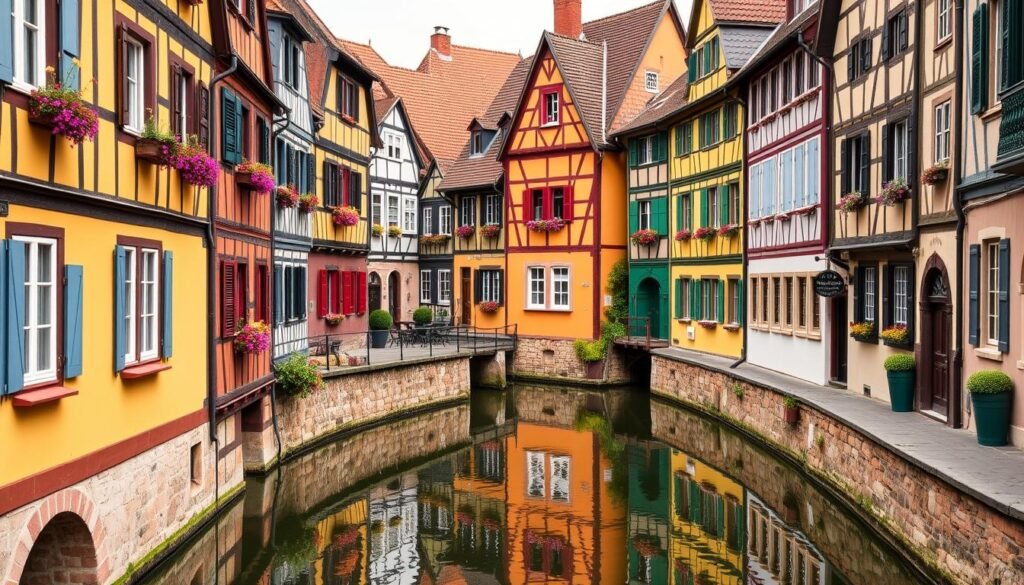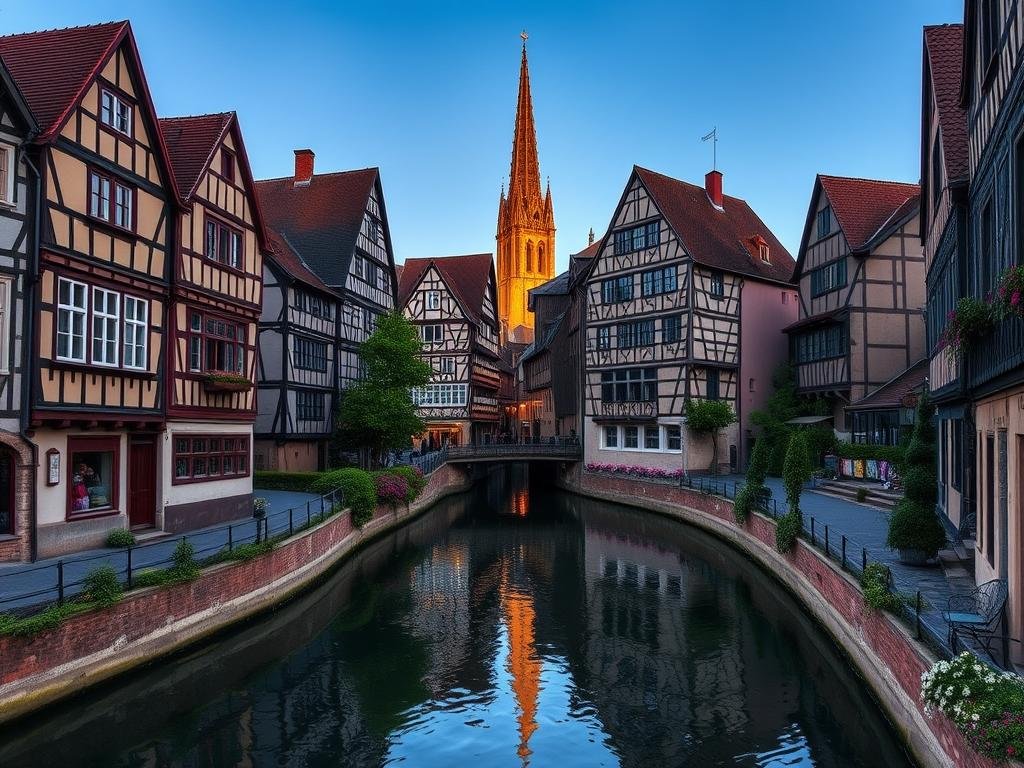Beyond the iconic landmarks and tourist hotspots lies a different Europe – one of cobblestone villages, secluded beaches, and authentic local experiences that rarely make it to Instagram feeds. These hidden gems in Europe for travelers offer the perfect escape from overtourism while providing deeper connections with local cultures and traditions.
Whether you’re seeking tranquil coastal towns, medieval villages frozen in time, or breathtaking natural landscapes without the crowds, this guide will take you off the beaten path to discover Europe’s best-kept secrets. We’ve curated authentic experiences that showcase the continent’s diverse beauty while helping you create memories that few travelers ever encounter.
Secret Mediterranean Escapes
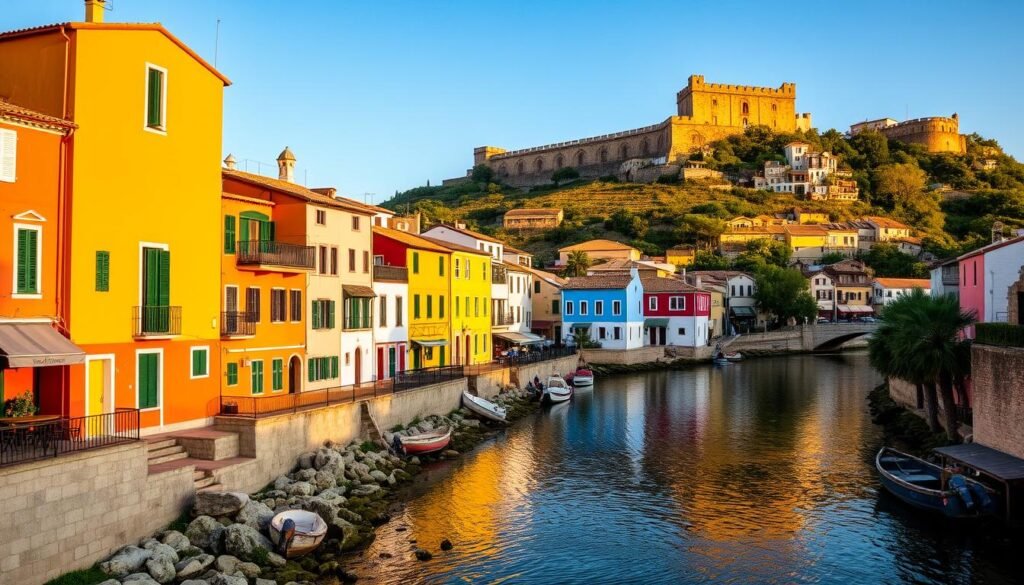
While the Mediterranean coastline draws millions of visitors each year, numerous hidden gems remain undiscovered by mass tourism. These secluded spots offer the authentic Mediterranean experience – crystal-clear waters, fresh seafood, and relaxed coastal living – without the crowds.
Bosa, Sardinia: Italy’s Colorful Riverside Gem
Tucked away on Sardinia’s western coast, Bosa captivates visitors with its rainbow-colored houses lining the Temo River. Topped by the medieval Malaspina Castle, this picturesque town offers a slice of authentic Italian life away from the island’s more touristy coastal resorts.
Wander through narrow cobblestone streets that wind uphill from the riverside, discovering artisan workshops where coral jewelry and traditional textiles are still crafted by hand. The town’s slow pace invites you to embrace the Italian concept of “dolce far niente” – the sweetness of doing nothing.
4-Day Bosa Itinerary
Local Highlights: Bosa’s Cultural Treasures
Time your visit for August to experience the Festa di Nostra Signora di Regnos Altos, when locals celebrate with processions, music, and feasting. The Museum of Casa Deriu offers insight into the lifestyle of Bosa’s 19th-century bourgeoisie, with period furniture and decorative arts.
For food lovers, Bosa’s cuisine features unique specialties like Malvasia wine and “burrida,” a local fish dish prepared with a walnut sauce. Visit the Tuesday market to sample local cheeses, olives, and seasonal produce directly from farmers.
Experience Authentic Sardinian Life
Stay in a traditional home in Bosa’s historic center and immerse yourself in the rhythms of this colorful riverside town.
Halki, Greece: The Island Time Forgot
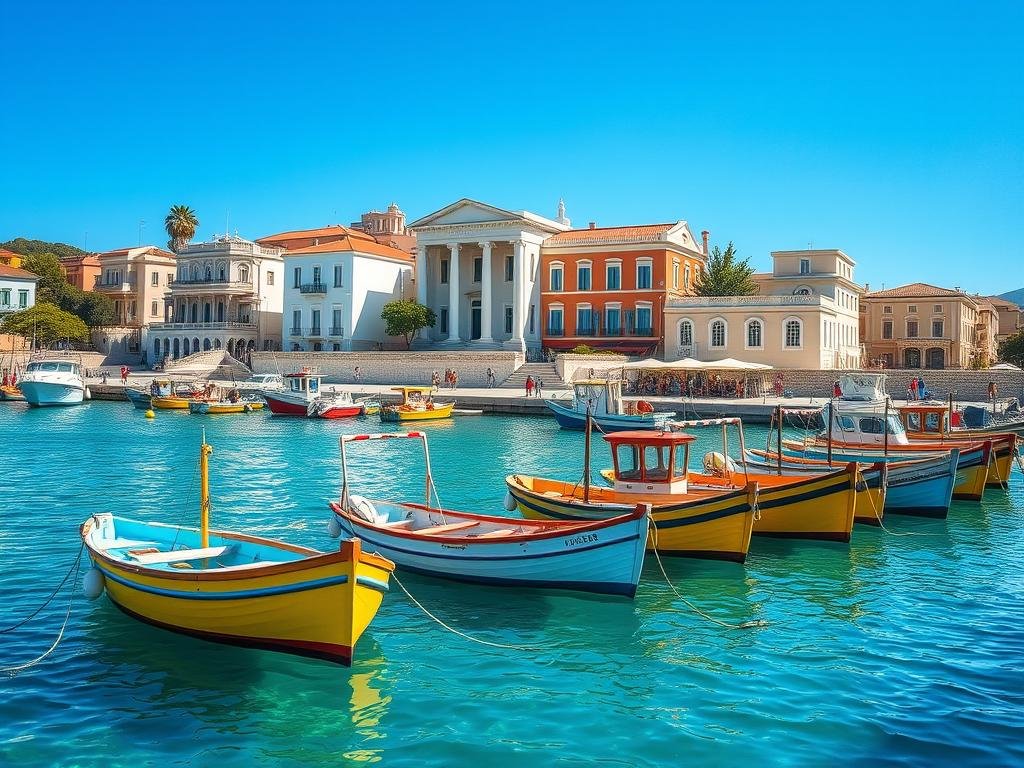
In the Dodecanese archipelago, tiny Halki offers a glimpse of Greek island life before mass tourism. With just one main settlement of neoclassical mansions wrapped around a picturesque harbor, this car-free island moves at its own unhurried pace.
The absence of large hotels and nightclubs means Halki attracts travelers seeking tranquility and authenticity. Crystal-clear waters lap against uncrowded pebble beaches, while inland trails lead to abandoned villages and Byzantine chapels scattered across the rugged landscape.
3-Day Halki Escape
Offbeat Places: Halki’s Hidden Treasures
While most visitors stay near the harbor, adventurous travelers can discover the island’s wild interior. The path to Areta Beach rewards hikers with one of the most pristine swimming spots in the Aegean, while the island’s highest point offers panoramic views stretching to Rhodes on clear days.
For a unique experience, arrange with a local fisherman to join an early morning fishing trip, learning traditional methods passed down through generations. Later, enjoy your catch prepared simply with olive oil and lemon at a family taverna.
Escape to Tranquil Halki
Book your ferry from Rhodes and experience the authentic charm of this peaceful Dodecanese island.
Hidden Alpine Treasures
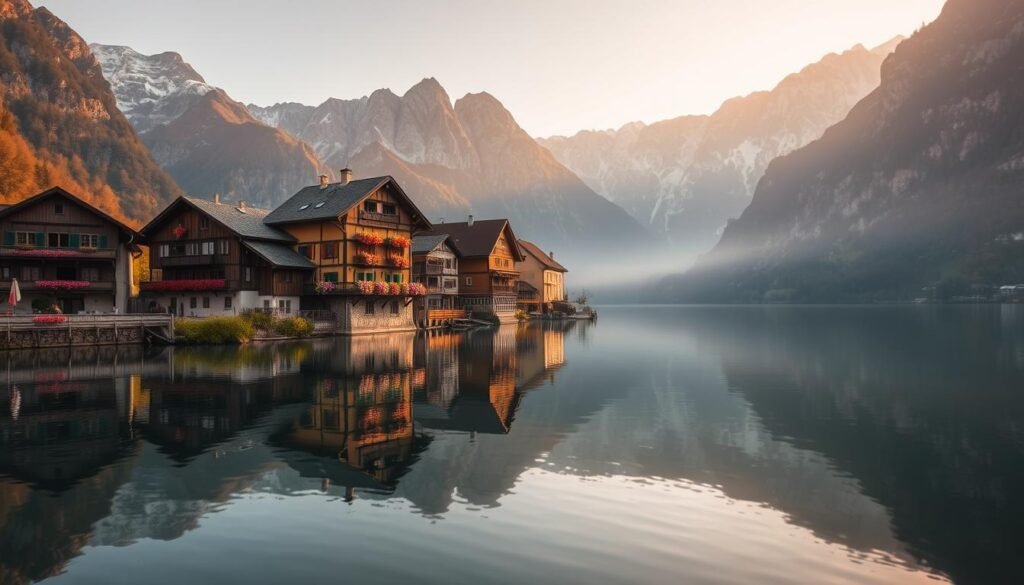
While the Alps draw visitors year-round for skiing and hiking, many charming villages remain relatively unknown to international travelers. These hidden gems offer authentic Alpine experiences with breathtaking mountain scenery, traditional architecture, and outdoor adventures away from the major resorts.
Hallstatt, Austria: Fairytale Village Between Mountains and Lake
Nestled between towering mountains and the glassy waters of Lake Hallstatt, this picture-perfect village looks like it stepped straight from a fairytale. Despite gaining popularity in recent years, Hallstatt still retains its charm, especially in the early morning or evening when day-trippers have departed.
The village’s pastel-colored houses with flower-adorned balconies cascade down the mountainside to the lakeshore, creating one of Europe’s most photogenic scenes. Beyond its beauty, Hallstatt boasts a fascinating history as one of the world’s oldest salt mining centers, with evidence of settlement dating back 7,000 years.
3-Day Hallstatt Itinerary
Local Highlights: Hallstatt’s Cultural Treasures
The Hallstatt Museum provides insight into the area’s rich archaeological heritage, displaying artifacts from the Celtic civilization that thrived here during the Iron Age. For a unique perspective, rent an electric boat to explore the lake at your own pace, discovering hidden coves and viewing the village from the water.
During winter, the village transforms into a magical snow-covered wonderland, with fewer tourists and the opportunity to experience traditional Christmas markets and winter activities in the surrounding mountains.
Experience Alpine Magic in Hallstatt
Stay in a traditional Austrian guesthouse and wake up to breathtaking lake and mountain views in this UNESCO World Heritage village.
Elverum, Norway: Gateway to the Norwegian Wilderness
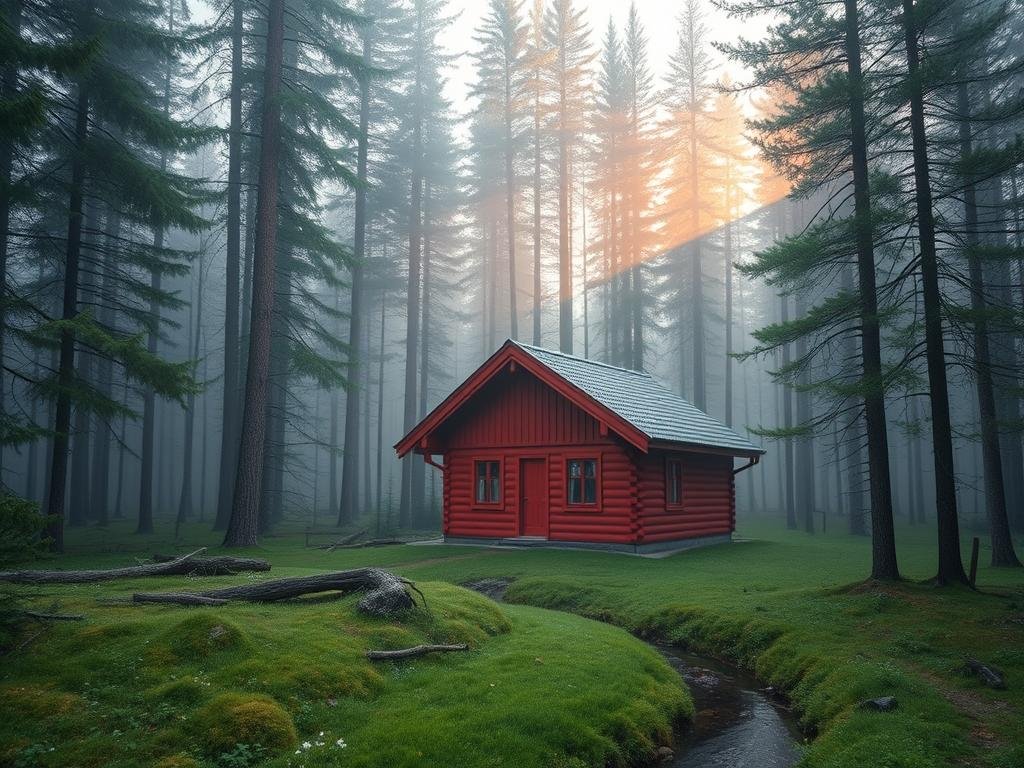
Located in the heart of Norway’s eastern forests, Elverum offers an authentic Nordic experience far from the tourist crowds of Oslo and Bergen. This small town serves as a gateway to vast wilderness areas where you can experience the magic of Norwegian forests, rivers, and wildlife.
Surrounded by thick pine forests and bisected by the powerful Glomma River, Elverum combines small-town charm with easy access to outdoor adventures. The area’s natural beauty has inspired Norwegian folklore and literature for centuries, with tales of forest spirits and mythical creatures.
Weekend Elverum Adventure
Offbeat Places: Elverum’s Natural Wonders
The nearby Finnskogen (Forest of the Finns) area offers a fascinating cultural landscape where Finnish immigrants settled in the 17th century, bringing their unique traditions and folklore. Hiking trails lead through this mystical forest to abandoned settlements and cultural heritage sites.
For a truly unique experience, book a stay in a traditional forest cabin without electricity or running water, experiencing the simple life that Norwegians have cherished for generations. In winter, the area transforms into a wonderland for cross-country skiing and snowshoeing.
Discover Norway’s Wild Heart
Experience the tranquility of Norwegian forests and the thrill of wildlife encounters in the Elverum region.
Hidden Gems of the Iberian Peninsula
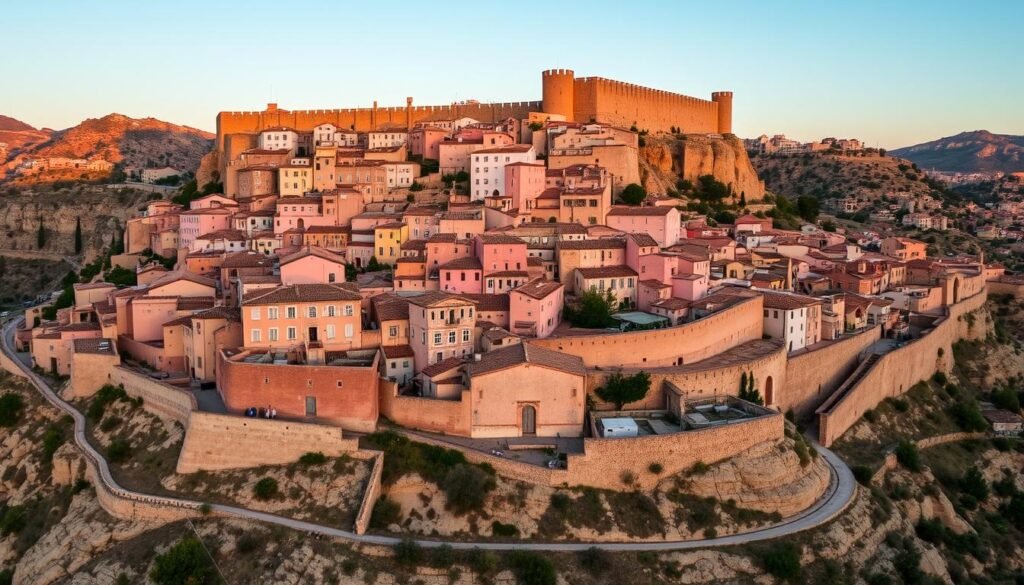
Spain and Portugal offer far more than their famous coastal resorts and major cities. Venture inland to discover medieval towns, rugged landscapes, and authentic cultural experiences that showcase the Iberian Peninsula’s rich history and diverse traditions.
Albarracín, Spain: Medieval Masterpiece in Pink
Perched on a rocky promontory and encircled by ancient walls, Albarracín looks like it hasn’t changed since the Middle Ages. This small town in the province of Teruel is often cited as Spain’s most beautiful village, with its distinctive pink-hued buildings creating a magical atmosphere, especially during sunrise and sunset.
Narrow, winding streets climb steeply through the old town, revealing hidden plazas, centuries-old churches, and panoramic viewpoints. The town’s isolated location has helped preserve its medieval character, making it feel like stepping back in time.
2-Day Albarracín Experience
Local Highlights: Albarracín’s Cultural Treasures
The Albarracín Cultural Foundation hosts concerts, exhibitions, and workshops throughout the year, often in historic buildings. For a unique experience, join a nighttime guided tour to hear legends and stories of the town’s past while wandering through atmospherically lit medieval streets.
The area is also renowned for its traditional cuisine, including “ternasco” (roast lamb), “migas” (fried breadcrumbs with chorizo), and “jamón de Teruel” (locally produced ham). Visit in autumn to experience the mushroom season, when local restaurants showcase dishes featuring wild fungi gathered from the surrounding forests.
Step Back in Time in Albarracín
Stay within the medieval walls of this pink-hued town and experience one of Spain’s most perfectly preserved historic centers.
Rupit, Spain: Catalonia’s Stone Village
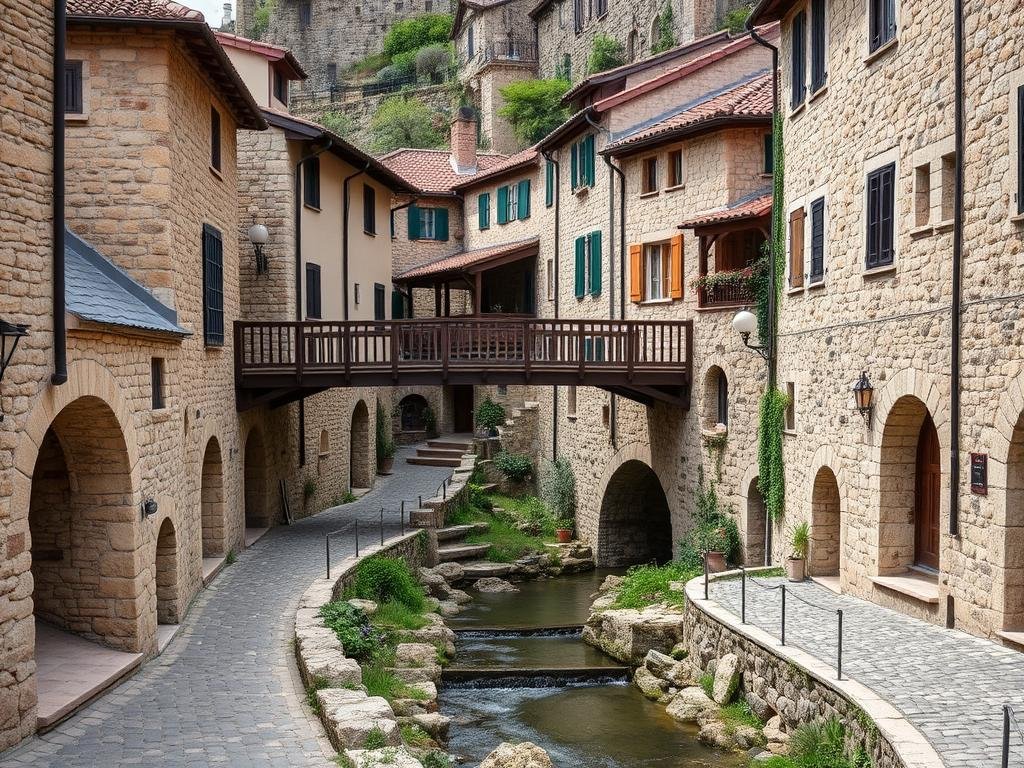
Hidden in the volcanic landscape of Catalonia’s Garrotxa region, Rupit is a medieval village where time seems to stand still. Built entirely of stone, with houses dating from the 16th and 17th centuries, this small village offers an authentic glimpse into Catalonia’s rural past.
The village’s most distinctive feature is its hanging wooden bridge, swaying gently as visitors cross the small stream that divides the settlement. Cobblestone streets wind between perfectly preserved stone houses, many still featuring their original wooden balconies and decorative elements.
Day Trip to Rupit
Offbeat Places: Rupit’s Natural Surroundings
Beyond the village, the surrounding landscape offers numerous hiking opportunities through volcanic terrain, dense forests, and rolling hills. The nearby medieval village of Tavertet, perched dramatically on the edge of a cliff, makes for an excellent companion visit.
For geology enthusiasts, the entire region forms part of the Collsacabra Natural Park, known for its distinctive rock formations created by ancient volcanic activity. Local guides can help you discover hidden viewpoints and explain the area’s unique geological history.
Discover Catalonia’s Medieval Gem
Experience the timeless charm of Rupit with a guided day trip from Barcelona that includes transportation and local insights.
Secret Island Escapes
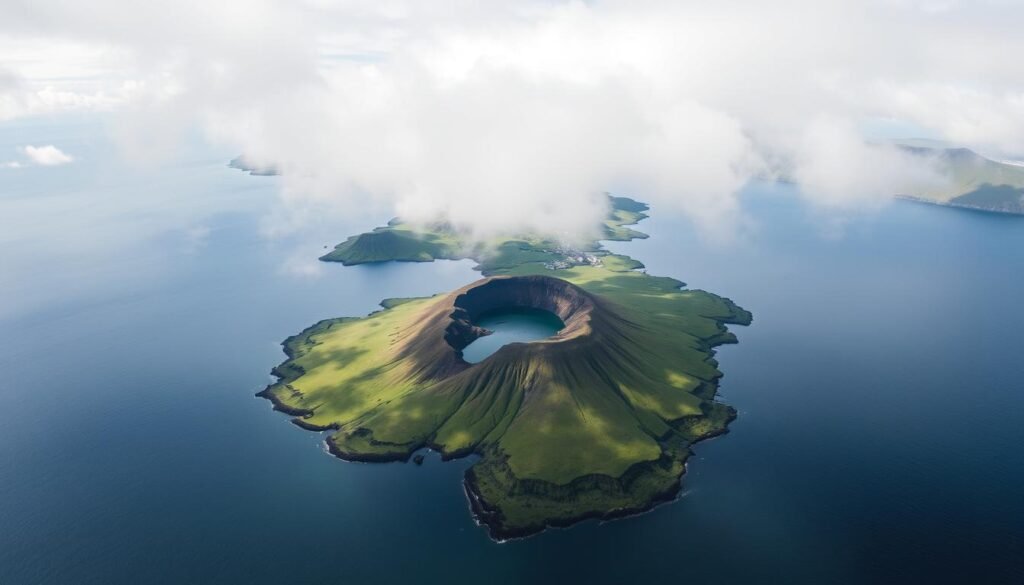
Europe’s islands offer some of its most spectacular hidden gems, from volcanic landscapes in the Atlantic to tranquil Mediterranean havens. These lesser-known island escapes provide unique natural beauty, distinctive local cultures, and a peaceful alternative to their more famous counterparts.
Corvo Island, Azores: Europe’s Remote Atlantic Outpost
As the smallest and most remote of Portugal’s Azores archipelago, Corvo Island offers an extraordinary escape for adventurous travelers. Home to just 400 residents living in a single village, this volcanic island feels like the edge of the world, surrounded by the vast Atlantic Ocean.
The island’s crowning glory is the Caldeirão, an enormous volcanic crater containing a lake dotted with small islets that formed from volcanic cones. This breathtaking landscape creates one of Europe’s most unique natural settings, best appreciated from the crater rim after a moderately challenging hike.
3-Day Corvo Adventure
Local Highlights: Corvo’s Cultural Treasures
Despite its small size, Corvo maintains distinctive cultural traditions, including festivals honoring the Holy Spirit that feature colorful processions and community feasts. The island’s cheese production, though small-scale, creates uniquely flavored cheeses influenced by the mineral-rich volcanic soil and Atlantic climate.
For birdwatchers, Corvo is a paradise, especially during autumn migration when rare American species occasionally make landfall after crossing the Atlantic. The island’s position makes it one of Europe’s premier spots for observing rare bird species.
Experience Europe’s Remote Atlantic Gem
Book your flight to this remote Azorean island and discover one of Europe’s most pristine natural environments.
Pico Island, Portugal: Land of Vineyards and Volcanoes
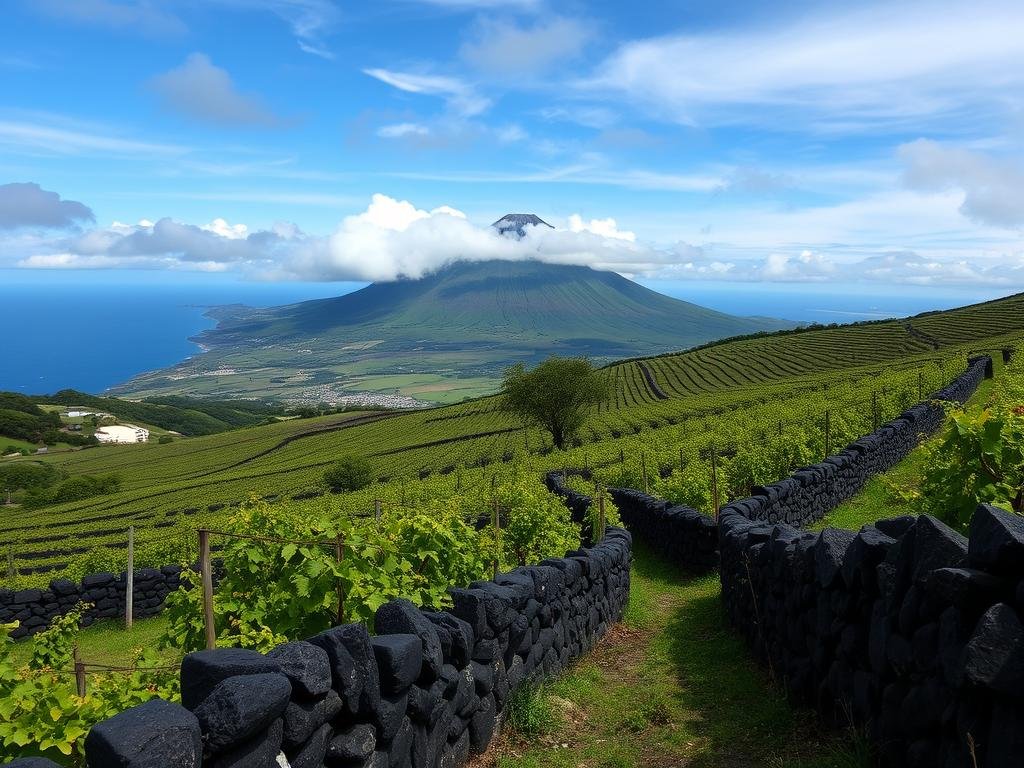
Dominated by the perfect cone of Mount Pico, Portugal’s highest mountain, Pico Island combines dramatic volcanic landscapes with a unique winemaking heritage. The island’s UNESCO-protected vineyards, where vines grow in small stone-walled enclosures built from black basalt, create one of Europe’s most distinctive agricultural landscapes.
Unlike its more visited Azorean neighbors, Pico maintains a rugged authenticity, with small fishing villages, natural swimming pools formed by volcanic activity, and landscapes that shift between lush greenery and stark lava fields.
4-Day Pico Island Itinerary
Offbeat Places: Pico’s Hidden Treasures
The abandoned whaling station at Cais do Pico offers a haunting glimpse into the island’s past, when whale hunting was central to the local economy before being replaced by whale watching. For nature lovers, the Prainha Forest Reserve protects endemic Azorean plant species in a tranquil setting.
Along the coast, seek out the “wine cellars” of Arcos do Cachorro, where locals traditionally stored wine in natural caves formed by lava flows. Nearby, natural rock formations create spectacular blowholes when waves crash against the shore.
Discover Pico’s Volcanic Wonders
Book your stay on this fascinating Azorean island and experience its unique blend of natural wonders and cultural heritage.
Hidden Gems of Eastern Europe
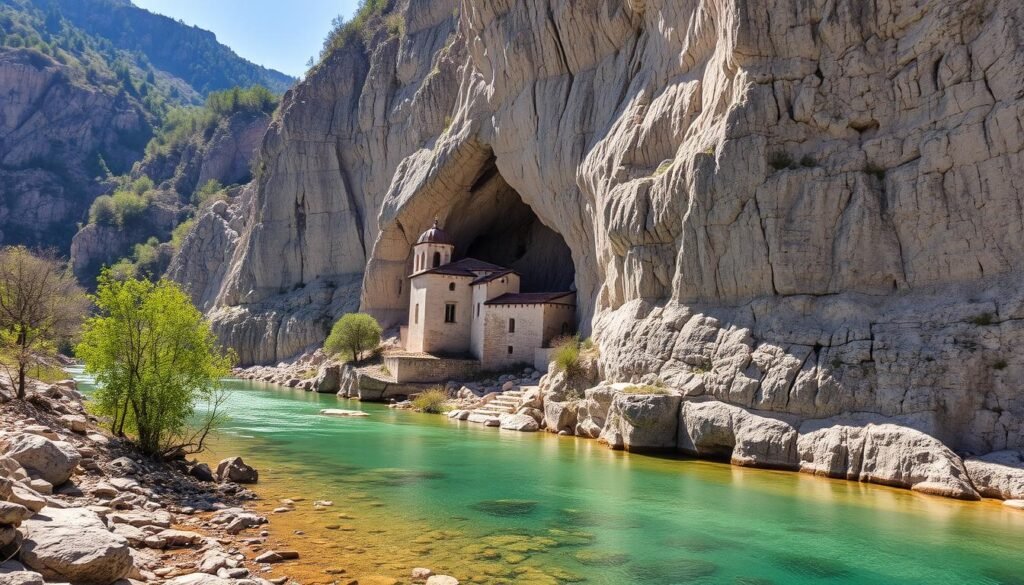
Eastern Europe offers some of the continent’s most rewarding hidden gems, where centuries of diverse influences have created unique cultural landscapes. From medieval monasteries to colorful old towns, these destinations provide authentic experiences at a fraction of the cost of Western Europe.
Blagaj, Bosnia and Herzegovina: Mystical Monastery at the River Source
Just outside Mostar lies the village of Blagaj, home to one of Europe’s most magical settings. Here, the Blagaj Tekija, a Dervish monastery built in the 16th century, clings to a cliff face at the source of the Buna River, where crystal-clear water emerges dramatically from a cave at the base of a 200-meter cliff.
This harmonious blend of natural beauty and Ottoman architecture creates a serene atmosphere that has attracted spiritual seekers for centuries. The monastery’s simple white walls contrast with the rugged cliff and emerald waters, creating a scene of extraordinary beauty.
Day Trip to Blagaj
Local Highlights: Blagaj’s Cultural Treasures
Beyond the famous monastery, Blagaj preserves elements of its Ottoman past in traditional stone houses and the remains of a hammam (Turkish bath). The powerful Buna River, one of the largest karst springs in Europe, has shaped local life for centuries, powering traditional mills that can still be seen along its course.
For a unique experience, arrange to hear traditional Sufi music at the monastery, where the acoustics of the space and natural setting create an unforgettable atmosphere. Local guides can explain the significance of Sufi traditions that blend Islamic mysticism with local influences.
Experience Mystical Blagaj
Book a guided tour from Mostar to discover the spiritual and natural wonders of Blagaj and its surroundings.
Kutna Hora, Czech Republic: Medieval Silver Mining Town
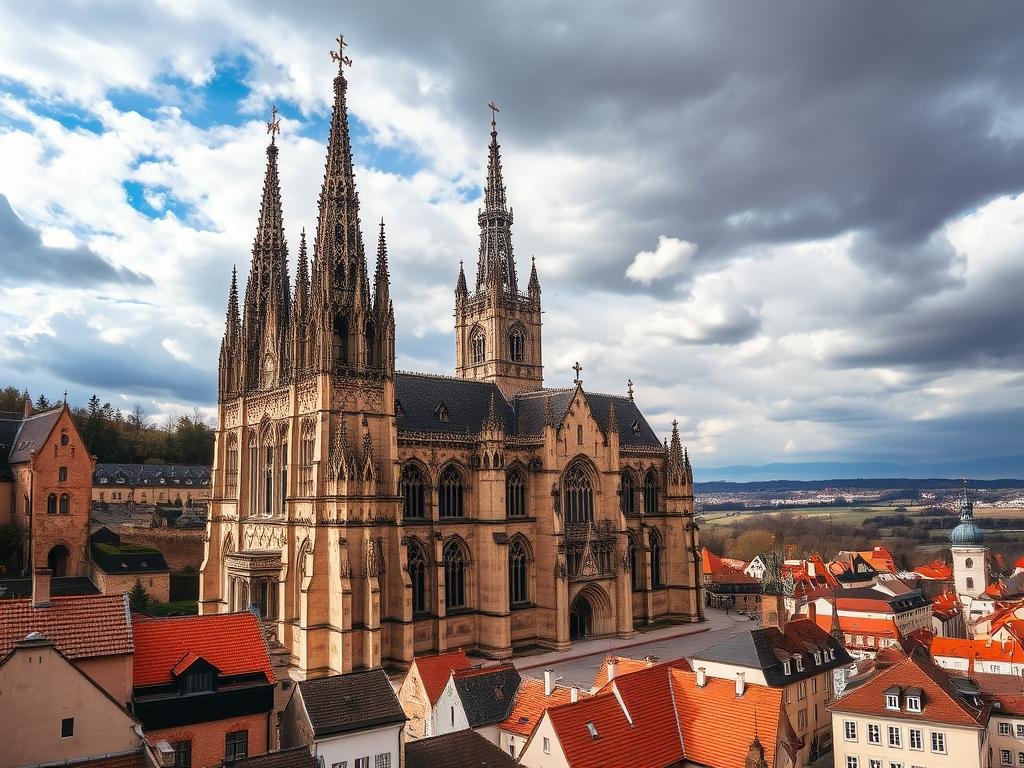
Just an hour east of Prague lies Kutna Hora, a medieval town whose silver mines once made it one of the wealthiest places in the Kingdom of Bohemia. Today, this UNESCO World Heritage site offers a fascinating glimpse into Central European history without the crowds of the capital.
The town’s skyline is dominated by the magnificent St. Barbara’s Cathedral, a masterpiece of late Gothic architecture built by the town’s wealthy silver miners. Nearby, the Italian Court (former royal mint) and numerous baroque buildings reflect the town’s prosperous past.
Day Trip to Kutna Hora
Offbeat Places: Kutna Hora’s Hidden Corners
While most visitors focus on the Bone Church and St. Barbara’s Cathedral, the Stone House (Kamenný dům) offers insight into the daily life of wealthy burghers during the Renaissance. Its stone carvings and period interiors provide a vivid picture of how the town’s elite once lived.
For a unique perspective, climb the tower of St. James Church for panoramic views over the medieval rooftops. Nearby, the Jesuit College houses contemporary art exhibitions in a magnificent baroque setting, creating an interesting contrast between historical architecture and modern creativity.
Discover Medieval Kutna Hora
Take a day trip from Prague to explore this UNESCO-protected silver mining town with its unique historical sites.
Hidden Gems of Northern Europe
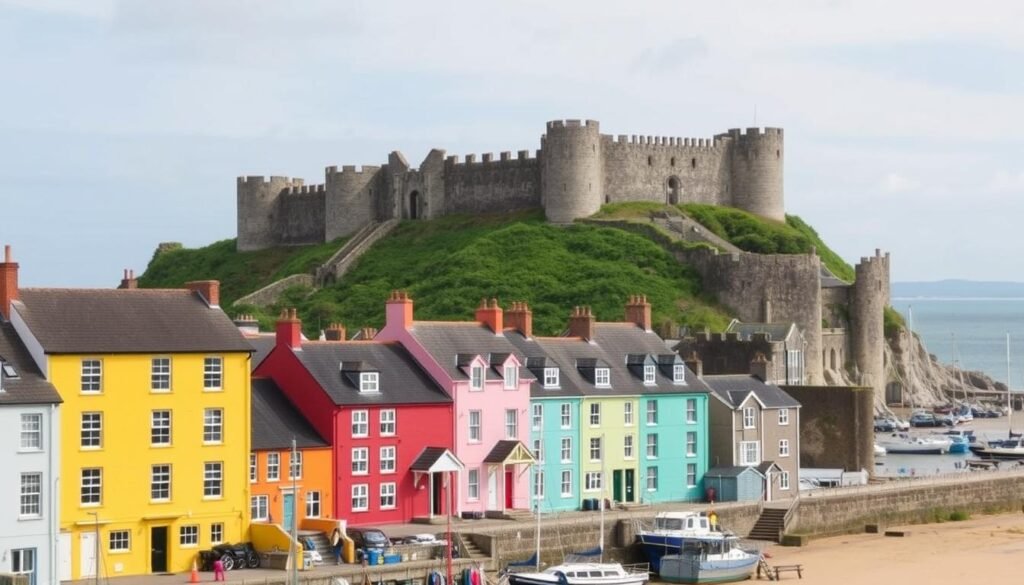
Northern Europe’s hidden gems offer a compelling mix of dramatic landscapes, colorful coastal towns, and rich cultural heritage. From the rugged shores of Wales to the enchanting Dutch countryside, these lesser-known destinations reveal a different side to the region beyond its famous capitals.
Tenby, Wales: Colorful Walled Town by the Sea
Protected by medieval stone walls and blessed with gorgeous sandy beaches, Tenby is a picture-perfect coastal town on Wales’ Pembrokeshire coast. Its pastel-colored Georgian houses create a distinctive harbor front that has made it a favorite subject for artists and photographers.
Despite its undeniable charm, Tenby remains relatively unknown to international visitors, allowing it to maintain its authentic Welsh character. Narrow streets wind through the walled old town, revealing craft shops, traditional pubs, and unexpected views of the harbor and Carmarthen Bay.
3-Day Tenby Itinerary
Local Highlights: Tenby’s Cultural Treasures
Time your visit for the Tenby Arts Festival in September, when the town fills with music, theater, and visual arts. For a unique local experience, join the New Year’s Day Swim, when hundreds of costumed participants brave the chilly waters for charity.
The Tudor Merchant’s House, preserved by the National Trust, offers insight into 15th-century life in this prosperous trading port. For food lovers, Tenby’s coastal location ensures excellent seafood, with local specialties including fresh Pembrokeshire crab and lobster.
Experience Coastal Charm in Tenby
Stay within Tenby’s medieval walls and use it as a base to explore the stunning Pembrokeshire coastline.
Edam, Netherlands: More Than Just Cheese
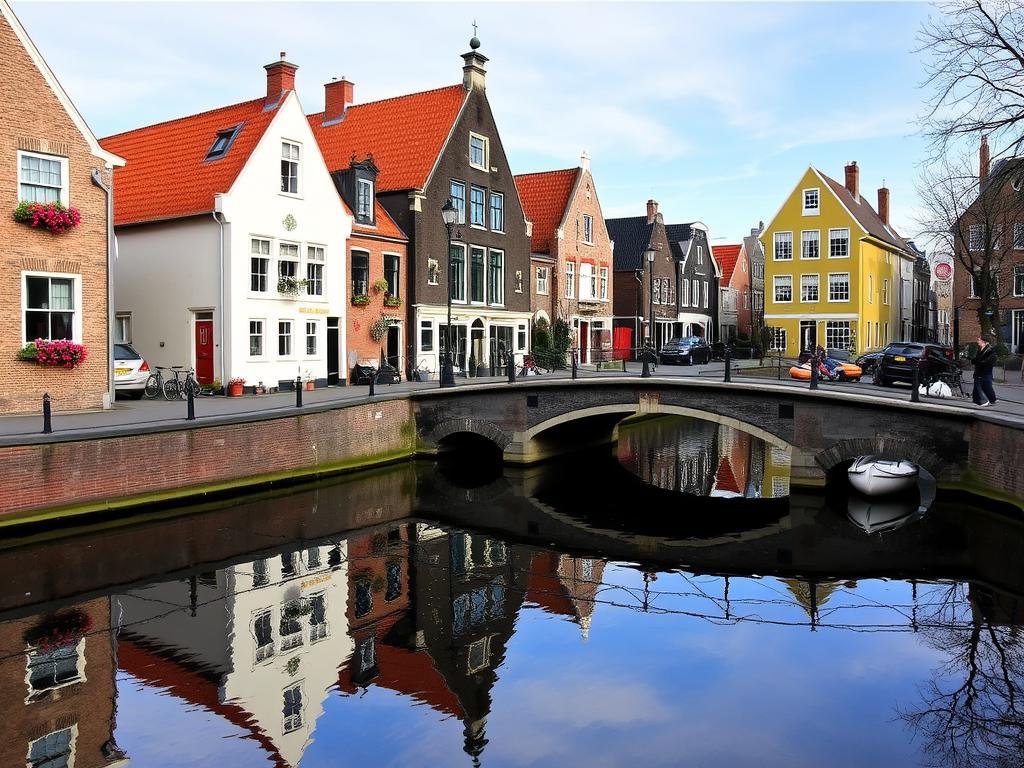
While its name is famous worldwide for the round cheese produced here, the town of Edam itself remains a hidden gem just 30 minutes from Amsterdam. This perfectly preserved Dutch town offers peaceful canals, historic drawbridges, and charming 17th-century architecture without the crowds of more famous destinations.
Wandering through Edam feels like stepping into a Golden Age painting, with tilting brick houses reflected in quiet canals and locals cycling along cobblestone streets. The absence of mass tourism allows visitors to experience authentic Dutch small-town life at a relaxed pace.
Day Trip to Edam
Offbeat Places: Edam’s Hidden Corners
The Kwakelbrug (a small wooden drawbridge) is not only picturesque but functional, still raised by hand to allow boats to pass. Nearby, the smallest house in Edam can be found – barely wider than its front door but still inhabited.
For a unique perspective, rent a small boat to explore Edam’s canals at your own pace, passing under low bridges and discovering hidden gardens behind the canal houses. Alternatively, the surrounding polderland offers scenic cycling routes through the distinctive Dutch landscape of dykes, windmills, and grazing cattle.
Discover Dutch Charm in Edam
Take a day trip from Amsterdam to experience the authentic charm of this historic cheese-making town.
Sustainable Travel to Europe’s Hidden Gems
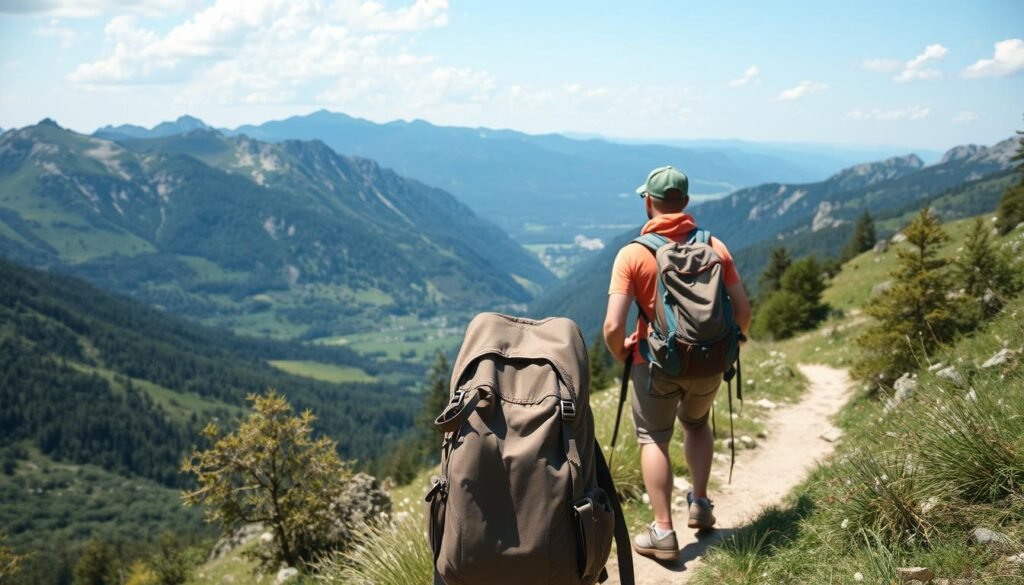
As we discover Europe’s hidden gems, it’s essential to consider how our visits impact these special places. Sustainable travel ensures these destinations remain authentic and unspoiled for future generations while providing meaningful benefits to local communities.
Responsible Tourism Practices
When visiting lesser-known destinations, consider traveling during shoulder seasons (spring and fall) to reduce pressure during peak months. This not only helps distribute tourism income throughout the year but often provides a more authentic experience with fewer crowds and better interaction with locals.
Choose locally-owned accommodations, restaurants, and tour operators that employ local residents and source products from the region. This ensures your spending benefits the community directly and helps preserve traditional ways of life that make these destinations special.
Respecting Local Communities
Take time to learn a few basic phrases in the local language, even if English is widely spoken. This simple effort shows respect and often leads to warmer welcomes and more meaningful cultural exchanges. Similarly, familiarize yourself with local customs and etiquette before your trip to avoid unintentional offense.
Be mindful of your photography, especially in smaller communities where residents may not want to be treated as tourist attractions. Always ask permission before photographing people, and respect places where photography isn’t appropriate, such as certain religious sites or ceremonies.
Minimizing Environmental Impact
Consider low-impact transportation options when possible. Many of Europe’s hidden gems are accessible by train or bus, which significantly reduces your carbon footprint compared to driving or flying. Within destinations, explore on foot or by bicycle to minimize pollution and discover corners you might miss otherwise.
Practice the principles of “leave no trace” by properly disposing of waste, staying on marked trails when hiking, and avoiding picking plants or disturbing wildlife. In fragile natural environments, even small actions can have significant impacts when multiplied by many visitors.
Travel Responsibly to Europe’s Hidden Gems
Book with tour operators committed to sustainable tourism practices that benefit local communities and protect natural environments.
Embracing the Road Less Traveled
Europe’s hidden gems offer travelers the rare opportunity to experience authentic cultures, breathtaking landscapes, and historic treasures without the crowds that often diminish the experience at more famous destinations. By venturing beyond the well-worn tourist trail, you’ll discover the true diversity and depth that make Europe such a compelling continent to explore.
From the colorful houses of Bosa to the medieval charm of Albarracín, from the volcanic wonders of the Azores to the tranquil canals of Edam, these lesser-known destinations reward curious travelers with unique experiences and genuine connections. They remind us that sometimes the most memorable journeys happen when we step off the main route and discover places that haven’t made it to the cover of travel magazines.
As you plan your next European adventure, consider dedicating at least part of your itinerary to these hidden treasures. You’ll return home with stories few others can tell and memories of places where you could experience the authentic heart of Europe at your own pace. The continent’s famous capitals and landmarks will always be there, but its hidden gems offer something increasingly rare in our connected world – the joy of discovery.

